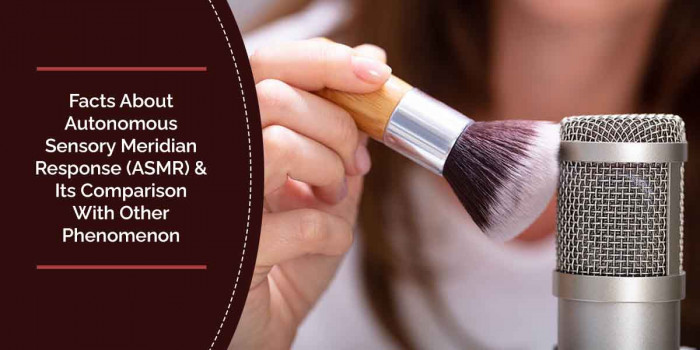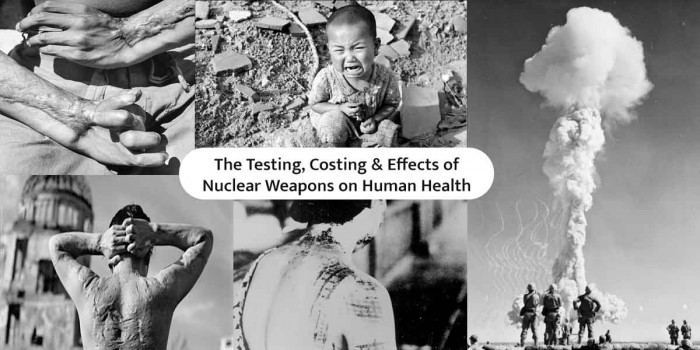7 Mind-blowing Uses of Radioactivity
Radioactivity is usually perceived as harmful and deadly. However, its various amazing uses in our day-to-day lives prove that it can be beneficial & safe too.
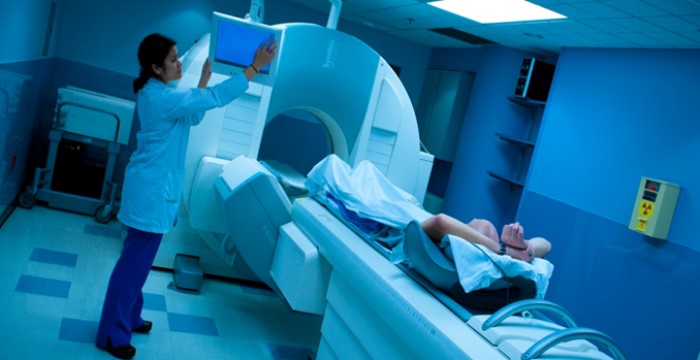
Radioactivity or radiation can only cause harm is a myth. They do cause and have caused some tragic incidents in the past but that’s not the only thing they can do. They produce some natural effects and are considered safe and beneficial for various practical purposes in several industries.
So those who think that radioactivity is meant for only making deadly explosions, do take note of some of these amazing uses of radioactivity.
1. Smoke Detectors
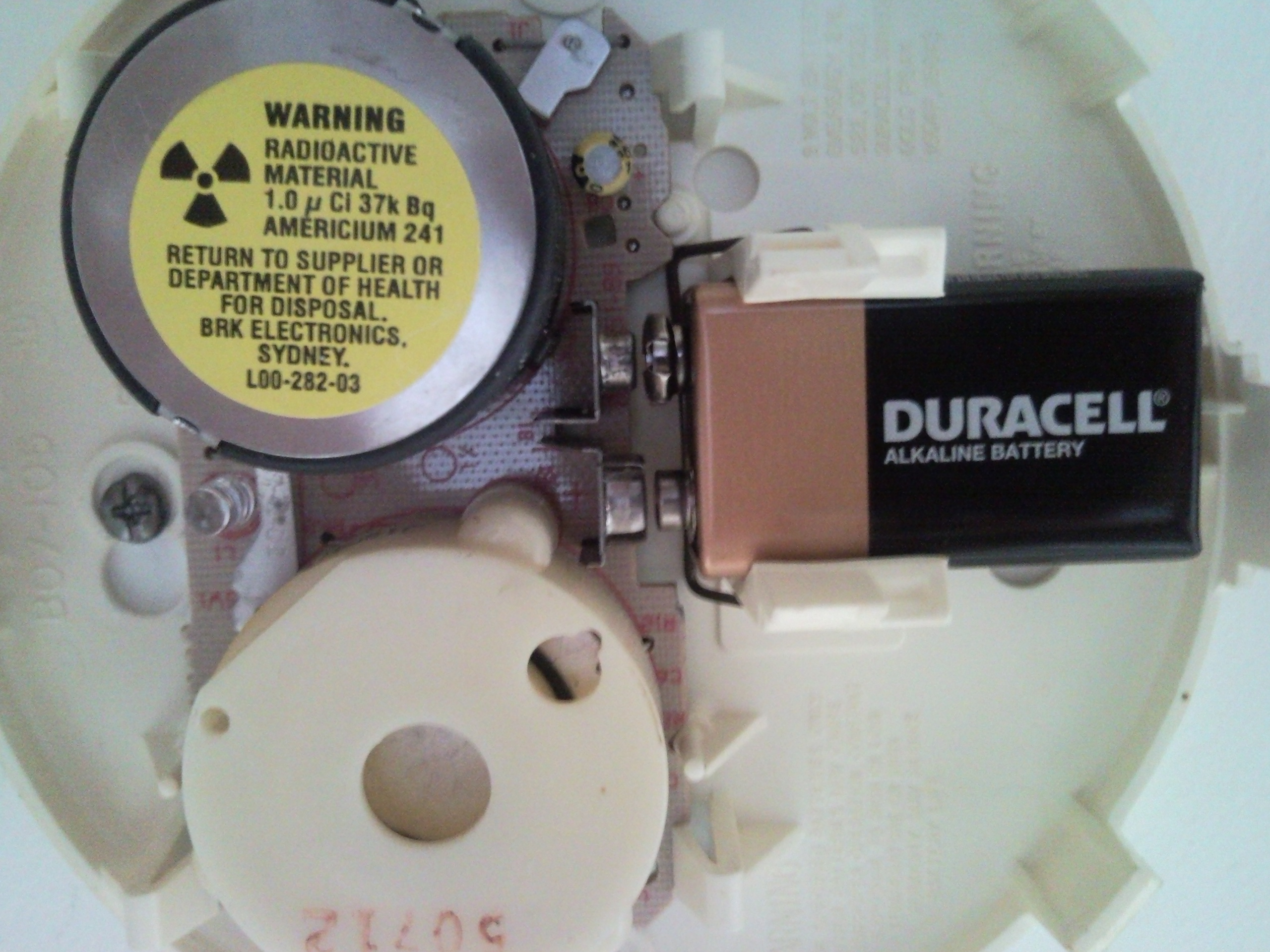
A very common use of radioactive materials is as a smoke detector. If you’ve ever changed its battery, you may have noticed the warning that says there’s a radioactive substance inside the device. They contain little amount of radioactive material called americium-241 that makes them smoke-sensitive.
When a smoke particle breaks the radiation stream between the detector and americium, an alarm buzzes as a warning to evacuate the house.
2. Nuclear Medicine
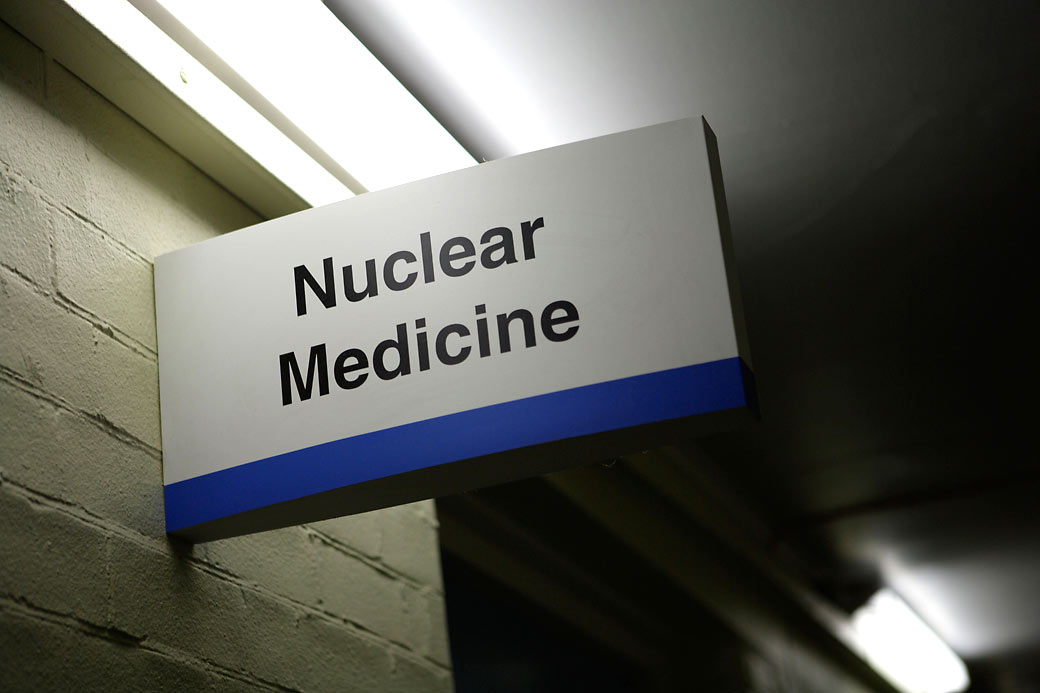
One of the most significant uses of radioactive materials is found in the field of medicine. Radiopharmaceuticals are drugs containing radioactive material that are crucial in diagnosing and treating diseases.
These medicines are either inhaled, injected into the body, or consumed as oral medicine so as to facilitate imaging of internal organs and bodily processes such as organ function, blood flow, and even certain cancers.
3. Carbon Dating

C-14 (Carbon 14) dissociates in a radioactive manner over a time period at a steady rate. Due to this fact, scientists utilize the ratio of C-14 isotopes to determine an object’s approximate age. It has been really useful in estimating how old dinosaurs have been, what were the early humans like, and several other age-old riddles.
4. Space Exploration
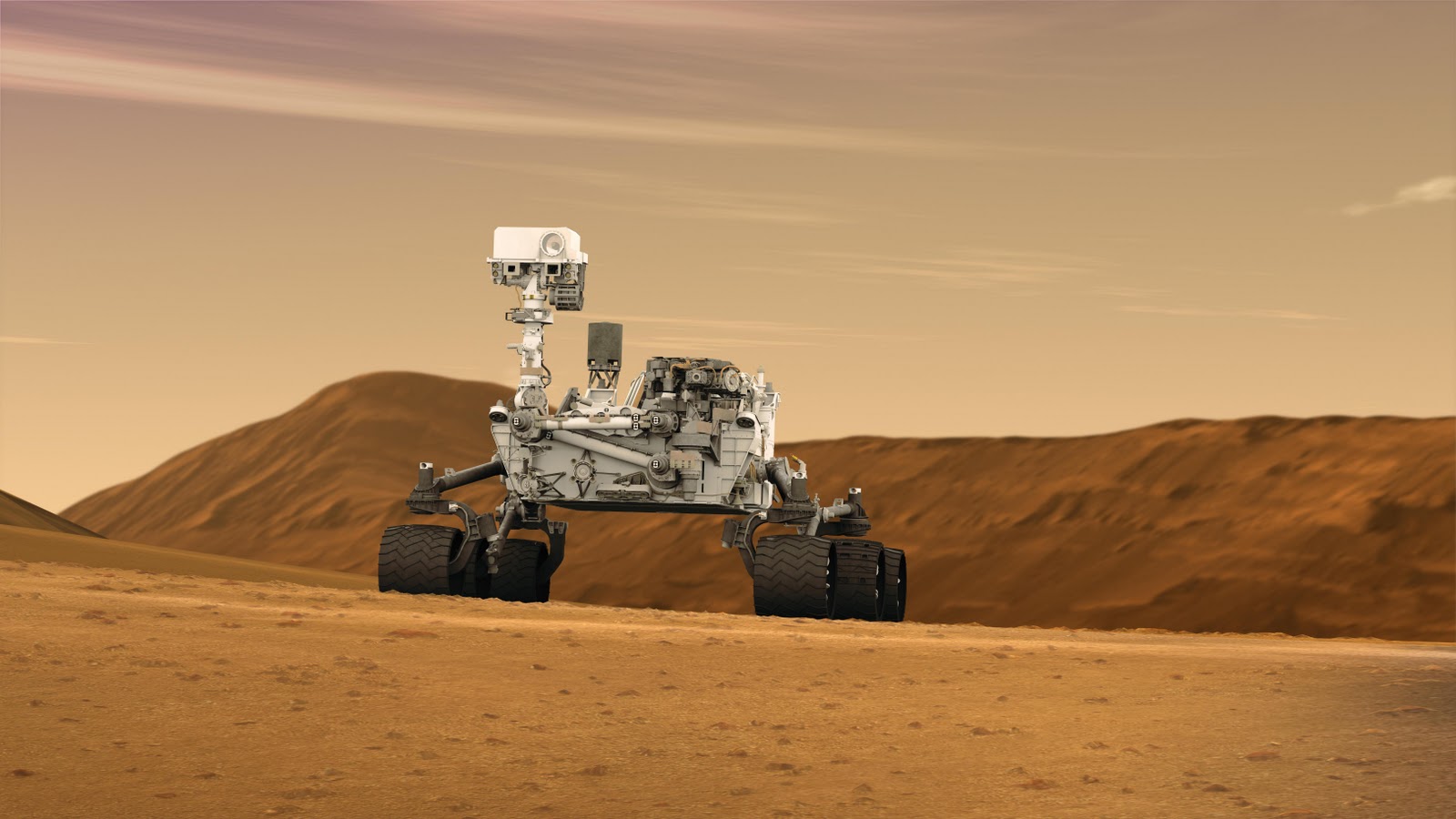
The outer space is a dark, cold place where the temperature is close to absolute zero. It’s important that the critical moving parts of the space shuttle stay warm and don’t freeze up and get locked up. In order to avoid any such problem, NASA places some heating elements with radioactive elements in critical areas.
With the decay of this material, a considerable amount of heat is generated that keeps crucial parts such as camera mounts and sensor doors moving at near absolute zero.
5. Commercial Industry
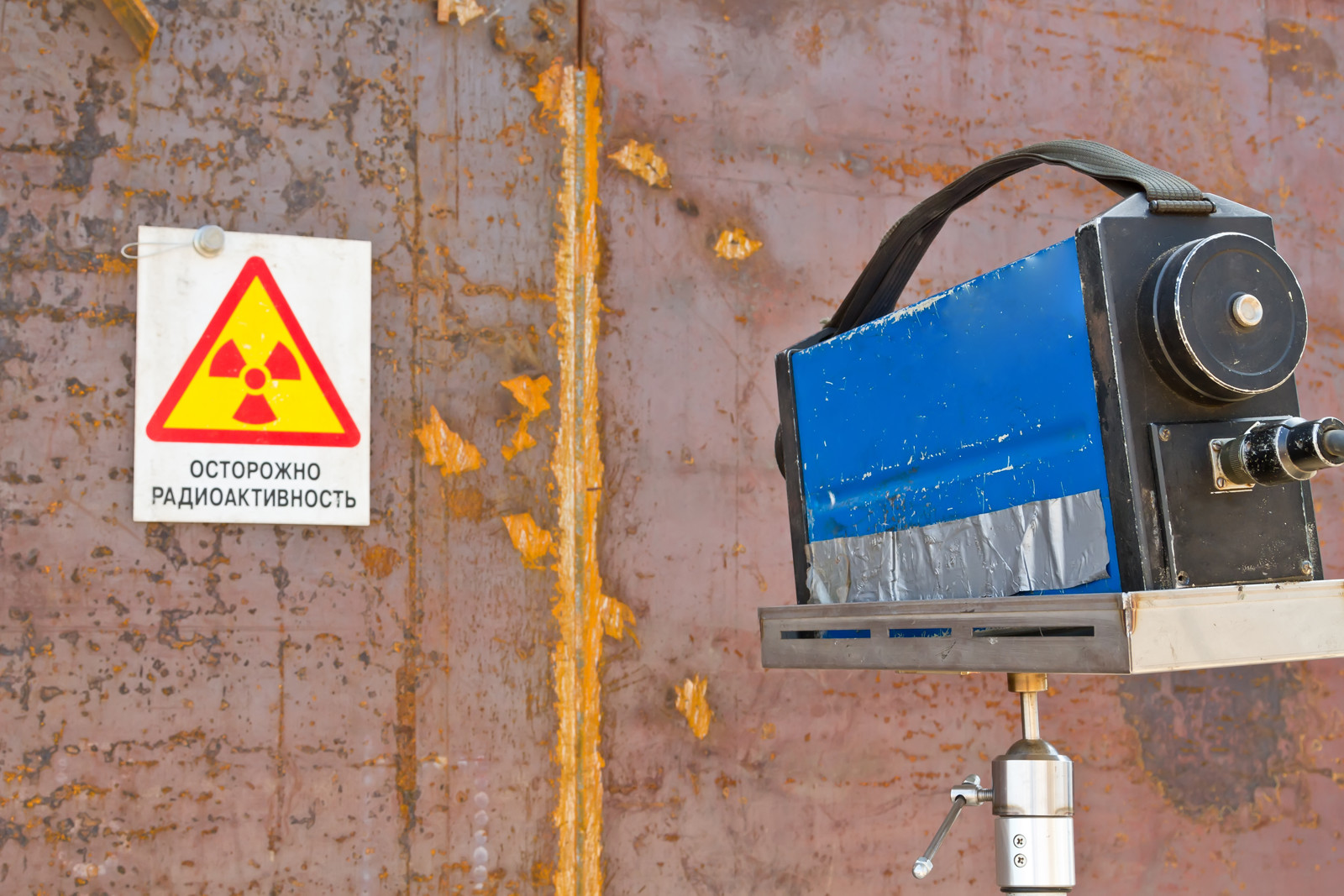
Several radioactive materials are put into use in measuring devices, civil engineering, industrial radiography, oil and mineral exploration, checking oil and gas pipelines for any leaks, process control in factories material analysis, and other various applications. These applications have a direct and indirect influence on our lives.
Measuring devices containing radioactive materials are used in measuring the thickness of paper and plastics during manufacturing, checking the moisture content of soils during road construction, and checking the height of fluid when filling bottles in factories. Radioactive materials are also used in devices designed for detecting explosives.
6. Agricultural Practices & Environmental Processes

The radioactive materials are highly useful in agriculture for improving food crops, preserving them, and controlling insect pests. They are also used for measuring erosion rates, soil moisture content, salinity, and the efficiency of fertilizer uptake in the soil.
The radioactive materials are used as tracers for measuring environmental processes, including silt water and pollutant monitoring. They even help in measuring and mapping effluent and pollution discharges from factories and sewage plants and in the movement of sand around harbors, rivers, and bays.
7. Sterilization/ Irradiation
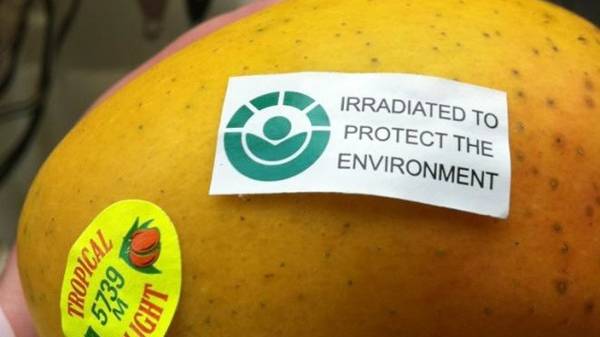
Sterilization of many first aid kit items like cotton wool, bandages, syringes, dressings, surgical gloves and instruments, and heart valves is done using radiation. It is used where more traditional methods like heat treatment cannot be used like sterilization of powders and ointments and in tissue grafts.
And products like raw wool, archival documents, and timber can be irradiated for killing parasites. Also, the food can be irradiated to improve its shelf-life.
Popular Posts
What Is Trypophobia – A Disgust More Than Fear
"I can't really face small, irregularly or asymmetrically placed holes, they make me like, throw up in my mouth, cry a little bi...
Chandan Roy
16 Interesting Facts About Ambidextrous People
A lefty or left-handed uses his left hand more naturally and dominantly than the right hand. And the righty or right-handed is o...
Ethan Stephans
20 Interesting Facts About Meteoroid, Meteor and Meteorite
Watching celestial objects is a true delight. It is still fun to catch a sight of shooting stars when we grow up. A second of th...
Swati Bhandari






